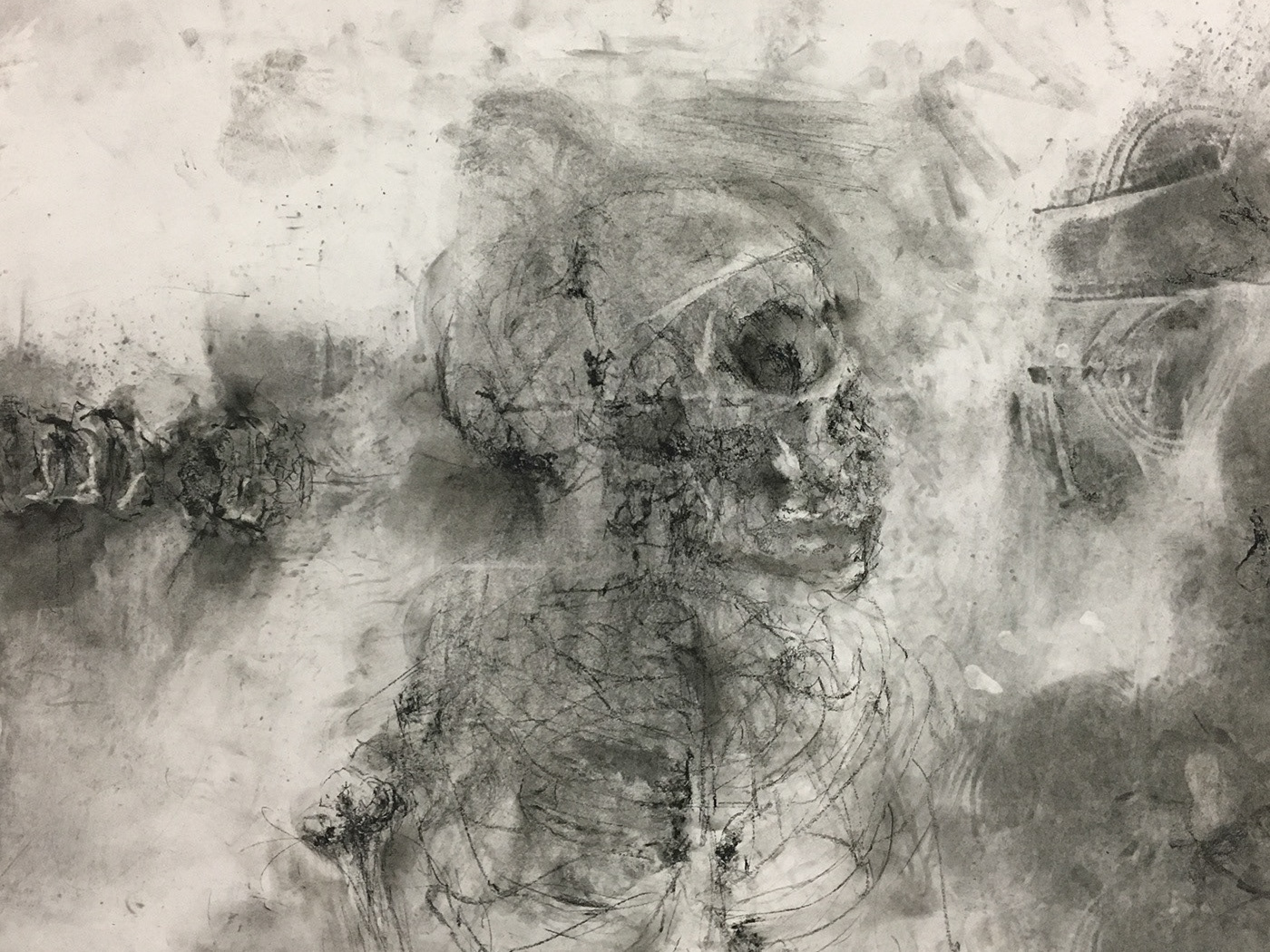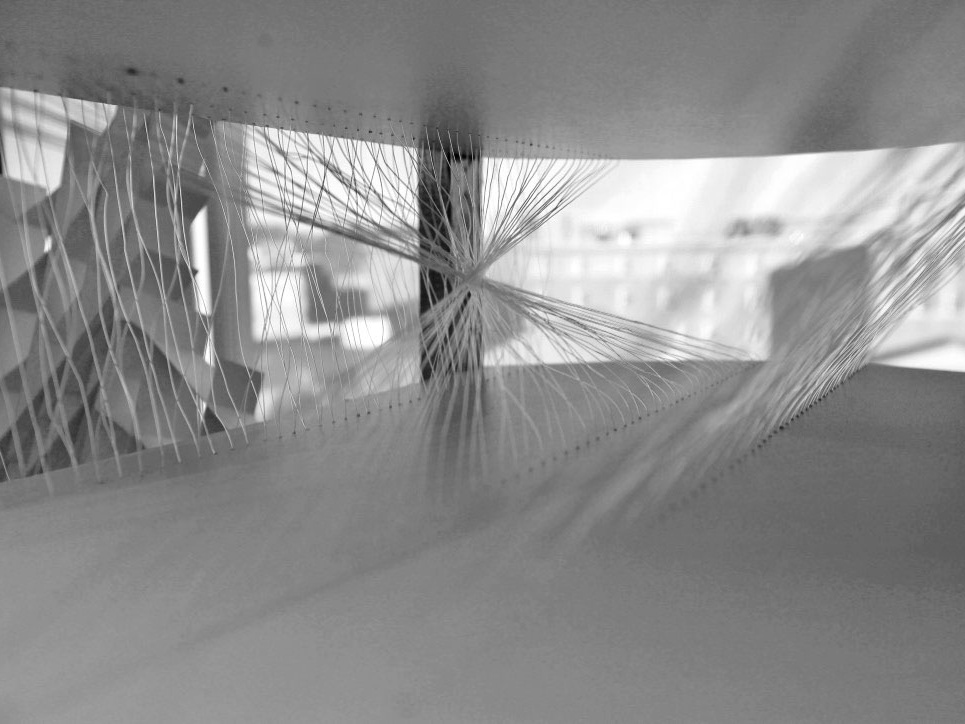MATERIALITY OF LIGHT
LIGHT, TRANSPARENCIES, AND MATERIAL CONDITION
Depending on the materiality, objects vary in how they transmit light. Opaque objects completely block light from traveling through them. Most of the light entering opaque materials is either reflected or absorbed and converted to thermal energy. Materials such as wood, stone, and metals are known to be opaque to visible light. On the other hand, transparent materials are pervious to light and air, allowing light to travel directly through an object. For instance, perfectly clear glass and water are transparent to all visible light.
Unlike completely transparent or opaque objects, some materials are translucent and allow only some light to travel through them. Examples of translucent objects are frosted glass and some plastics. Translucent materials allow only some of the visible light spectrum to pass through, and, therefore, we cannot see clearly through them. Often, one side of a translucent object appears to be unclear or fuzzy.
Light is fundamental to our understanding of materials. Transparent, translucent, and opaque objects hold different appearance and characteristics depending on their transmittance and reflectance to light. The external lighting environment can also greatly alter our perception of the material conditions. For instance, we generally perceive translucency in a consistent manner for different lighting conditions and shapes through the acquisition of translucency consistency. This mechanism allows for understanding materiality and textures in the process of object perception. However, our perception of translucency is heavily influenced by lighting and phase function (meaning the angular distribution of light intensity scattered by a particle at a given wavelength). In other words, the translucency of one single object can be perceived quite differently with a change in lighting environment.
3D printed sculptural forms, foamboard, monofilament, lighting, mylar
2016











